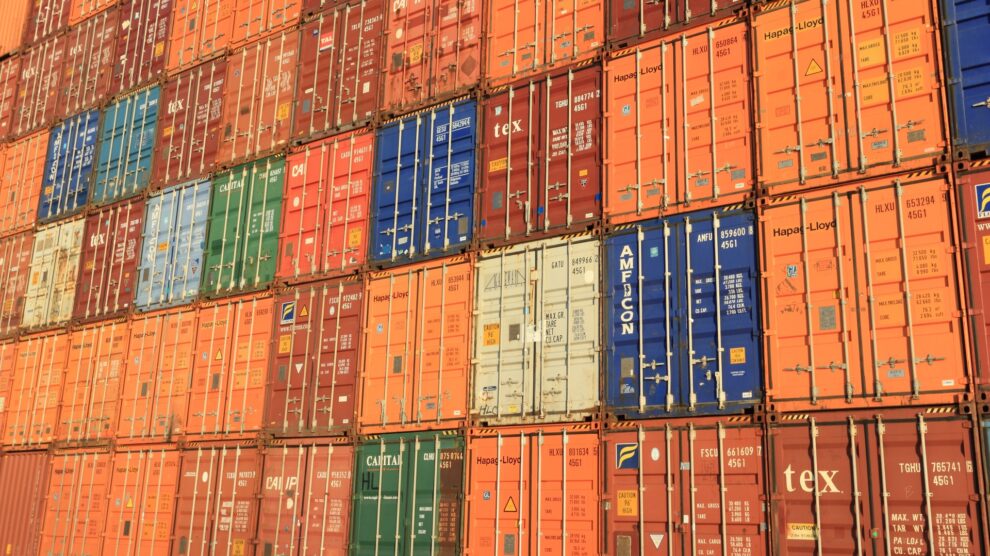The global economy is the sum of activities that take place both within a country and between countries. Every country is a distinct unit with its resources, environment, labor market, industrial production, and financial market. Globalization has improved and enabled the growth of global finance, trade, or labor force migration. These factors are the perfect areas where countries need to find joint solutions and work together. One of the impacts of globalization is that extreme changes in one country affect other countries. For example, Brexit alters the situation in the U.K. and the whole of the European Union. The impact of the trade war between the U.S. and China – the world’s largest national economies, is another example of the impact globalization can have between trading partners. The figures tell us a lot about global trade and U.S. imports.
U.S. Leads Global Trade In Imports
The U.S., China, and Germany are the world’s leading import and export countries, though in a different order. In 2019, of 20 global importers, the U.S. was the leader with an import value of about 2.57 trillion U.S. dollars. The volume of commodities traded worldwide has increased considerably over the past few years. Today, the top sold items and goods are fuel and oil, and electronic machinery and equipment.
Import and export are primarily key stalwarts of a country’s economy. A country’s trade balance indicates the relationship between import and export values. A positive trade balance is an economic indicator that exports outweigh imports, which is a trade surplus. Conversely, if the balance is negative, import values exceed those of export, and there is a trade deficit.
A surplus can generate employment and economic growth. In addition, when focusing solely on trade effects, it can mean there is high global demand for a country’s goods, boosting the price of those goods and domestic currency. On the other hand, a deficit decreases a country’s demand concerning international trade, making it less valuable in the global market.
How are the fluctuations regulated? The World Trade Organization (WTO) provides an outline for trade agreements and helps resolve disputes. Since its establishment in 1995, over 150 countries have become WTO members obligating themselves to follow its policies.
The U.S. and China
As we’ve mentioned, the U.S. and China are the world’s largest importers of goods. Out of the world’s ten largest importers, four are in Europe, four are in Asia, and two are from North America. Global trade is a vast field and constant topic in the news, yet trade between the U.S. and China capture the most headlines. Why? In 2020, China was the top trading partner of the U.S. based on import value reaching 435.4 billion U.S. dollars. However, in 2020 imports from China dropped by roughly 3.59 percent compared to 2019, when they fell 16.2 percent.
The fluctuations were economically and politically motivated as a trade war erupted between the two nations.
In 2018 former U.S. President Donald Trump began implementing trade barriers and tariffs against Chinese imports. He claimed that China had unfair trade businesses. The conflict caused much tension between the countries. Also, nearly half of U.S. companies said that the U.S.-China trade tariffs impacted them by increasing manufacturing costs. The healthcare product industry has suffered the most regarding reduced profits.
The above shows how important global trade is to the import business. Therefore, companies and individual importers need to adopt a more comprehensive view of the trade. But, at the same time, they should put in place every measure that will increase their trading strength, competitive advantage, survival rate, and ROI.
eezyimport has developed an online platform for U.S. importers to save them time and money and help them sail the import process. While global trade matters, meeting national regulations and concentrating on your business matters too. Contact us to discover how you can be competitive and thriving in the U.S. import trade.





